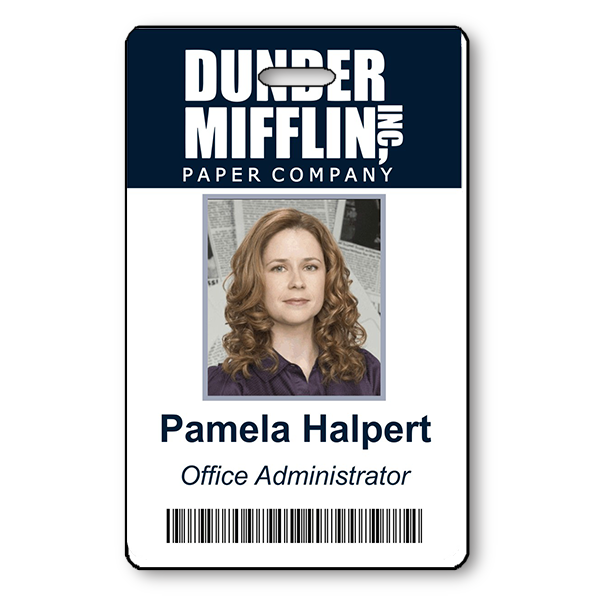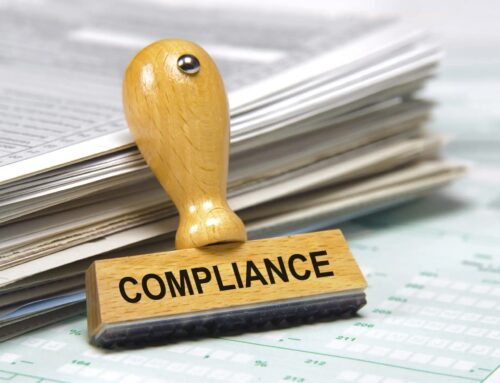If you’ve ever heard the saying, “With great power comes great responsibility,” it sums up the essence of Privileged Access Management (PAM). PAM is like a smart security guard for your dealership’s most sensitive systems. It ensures that only authorized individuals—and sometimes machines—can access critical resources, and only when necessary. Dealerships must take PAM seriously!
What is Privileged Access?
Privileged access gives certain users elevated permissions to maintain, configure, or upgrade key IT systems like servers, applications, and databases. While powerful, it’s risky if the wrong person—or hacker—gains control.
Why Does PAM Matter?
PAM acts as a gatekeeper, ensuring only the right people have access to critical systems when they truly need it. Here’s why it matters:
- Reduced Risk: If everyone had VIP access all the time, the risk of accidental or malicious actions would increase dramatically. PAM ensures that only authorized users can make sensitive changes, lowering the risk of mistakes or breaches.
- Protecting Against Hackers: Cybercriminals target privileged accounts because they provide access to everything. PAM helps lock those doors, making it harder for hackers to steal data or disrupt operations.
- Compliance: Dealerships must adhere to strict regulations regarding data access. PAM helps ensure compliance by controlling and tracking who can access what, reducing the risk of penalties or reputational damage.
Superuser vs. Standard User Accounts
In any organization, there are two types of accounts:
- Superuser Accounts: These are “VIP” accounts that allow users to change system settings, install software, and access everything.
- Standard User Accounts: These are limited accounts used for daily tasks with fewer privileges, minimizing the chances of errors or security issues.
Best practice? Most users should operate with standard accounts, while switching to superuser accounts only when necessary.
Why is the Principle of Least Privilege So Important?
PAM is built on the principle of least privilege: give users only the access they need to do their jobs—nothing more, nothing less. Here’s how this approach helps:
- Limit Damage: If an employee accidentally clicks a phishing link, the damage is far less severe with a standard account than if they had admin privileges.
- Reduce Errors: With fewer privileges, there’s less chance of accidentally deleting important files or installing malicious software.
- Streamline Operations: Limiting access to what’s necessary ensures smoother and more efficient operations.
Real-World Risks: Poor Privilege Management
Without proper PAM, a user with admin privileges could inadvertently download malware, exposing the entire system. Hackers target privileged accounts because they offer a direct path to critical data and applications.
What Can PAM Do for You?
PAM isn’t just about protection—it also makes life easier. Here’s how:
- Monitor Access: Track who’s using privileged accounts and when.
- Grant Temporary Access: Give time-limited access for special tasks, then automatically revoke it.
- Automate Passwords: PAM handles password rotation and storage, eliminating the need for sticky notes.
- Track Actions: Every action performed with privileged access is logged, providing visibility into who did what and when.








